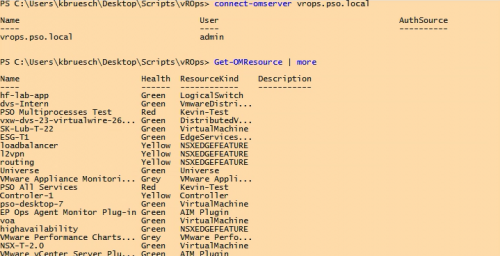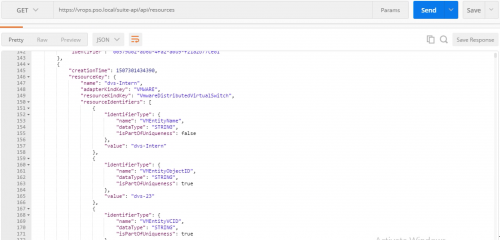Using the vROps API
Everytime I’m onsite at a customer the statement comes up … “What about the integration of…”. Sometimes you can say “Yes, that is integrated per default”. But you have also these UseCases where you have no OOTB Solution. You can solve some of these with the REST API or Powershell Commands for vROps.
In the past I used a lot the REST API to get data or to push data to vROps. I was using Postman for all these tasks. But it was only to test some things and to start with the REST Call procedure.
Some stuff are easier to get or post over the API then to do it manually. But there are lots of things that are not possible over the API like Export of a vROps View or Dashboard creation … So it is not the mechanism to solve all problems but a lot. 😉
You will start with some easy things like to get all resources from vROps. Oh Yes, good point there is ofc an easier way called Powershell (try this):
Connect to the vROps Server Instance
#connect-omserver vROPsFQDN
List all resources from vRops
#get-omresource
Or you can use the REST API instead:
Here you can find the documentation for the vROps CLI CMDLETS (Link)
And here you get the API Documentation:
- https://FQDNofyourvROps/suite-api/docs/rest/index.html
(keep in mind there are two different types of APIs – Public and Internal. Only the public one is supported by VMware
But I think one of the most requested things in the past are POST calls to extend vROps with content that are customer / UseCase related … So one of my next Post will be about how to automate a REST Call (POST) in vROps with the Powershell! For example your own script result in vROps?




